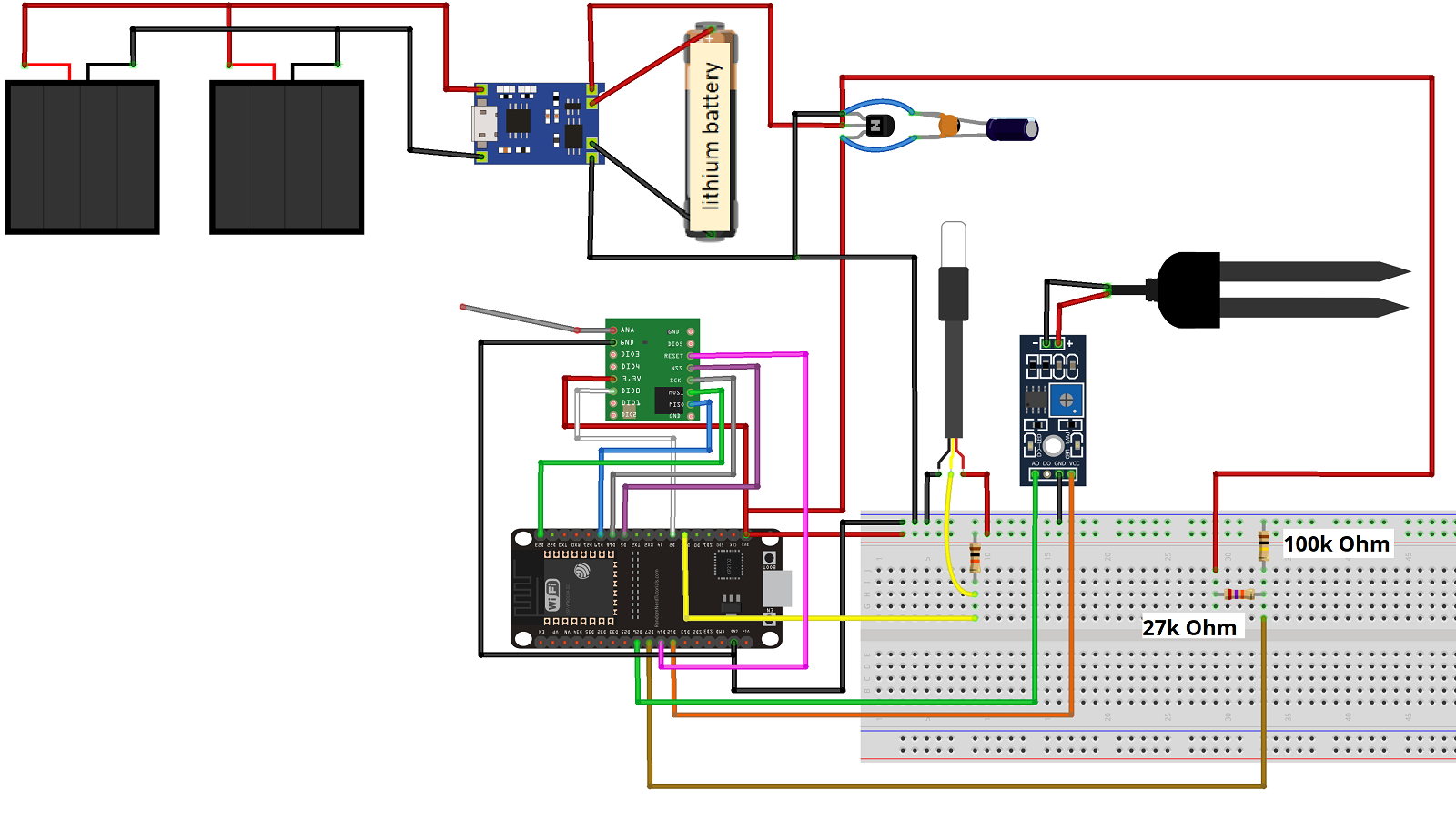Hello
and again i have some question, don’t like to buy again wrong stuff.
In the book
Unit 4 – LoRa Sender Solar Powered
100uF electrolytic capacitor
100nF ceramic capacitor
about the capacitor
https://www.distrelec.ch/en/passive-components/capacitors/ceramic-capacitors/ceramic-disk-capacitors/c/cat-DNAV_PL_03020301
there are with differen V what should be taken?
27K Ohm resistor + 100K Ohm resistor
there
https://secure.reichelt.com/ch/de/bedrahtete-widerstaende-c8365.html?&nbc=1
the ask about carbon or Metall what should it take or think about
have a nice day
vinc
The voltage criterion for a capacitor determines the max voltage it can handle across it. The larger the voltage the larger the package. For the low power circuits we tend to build any voltage capacitor should work fine.
The most common resistor is carbon film. If a resistor type is not specified then you can safely assume it’s carbon. This article explains the different types and why you would choose one over another.
You should really know about electronics before starting an Arduino based course. Perhaps take a beginners course?
Hi.
As Steve mentioned, any voltage capacitor will do.
Use carbon film resistors.
Regards,
Sara
Hello
back with a question this graf – you connecte the Batterie V + and the Ground goes just back to – (minus)? or do i have to connect it to the Ground of the ESP32?

